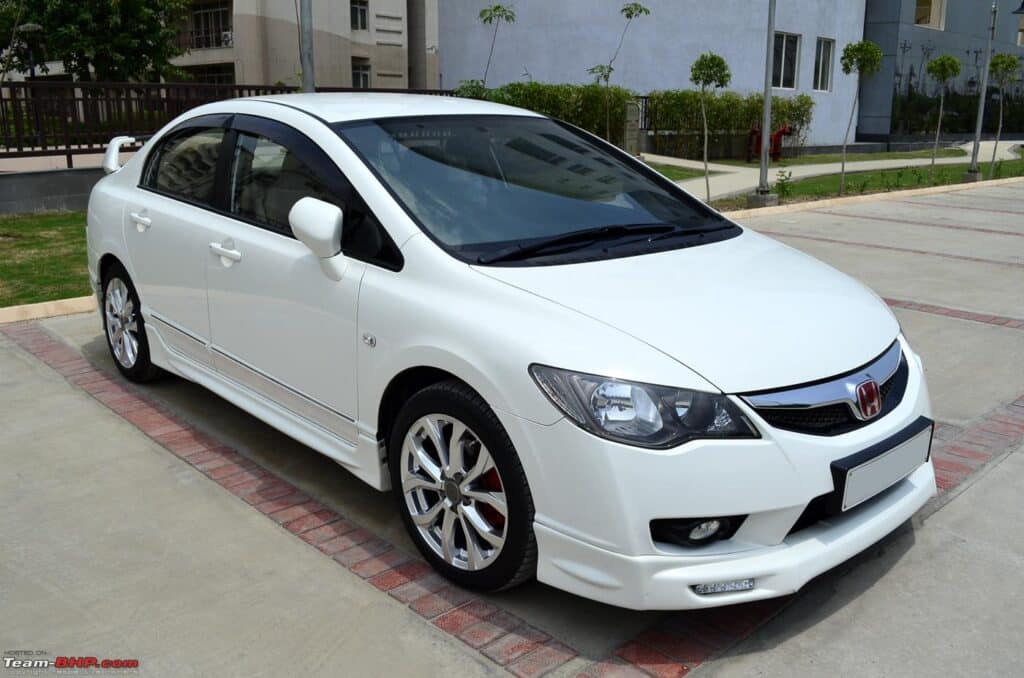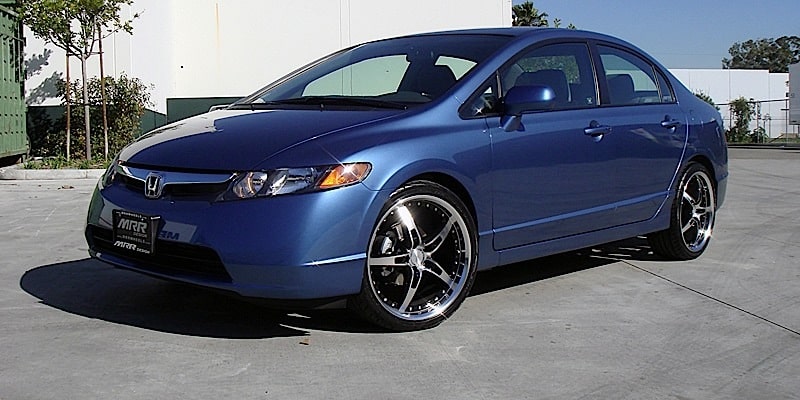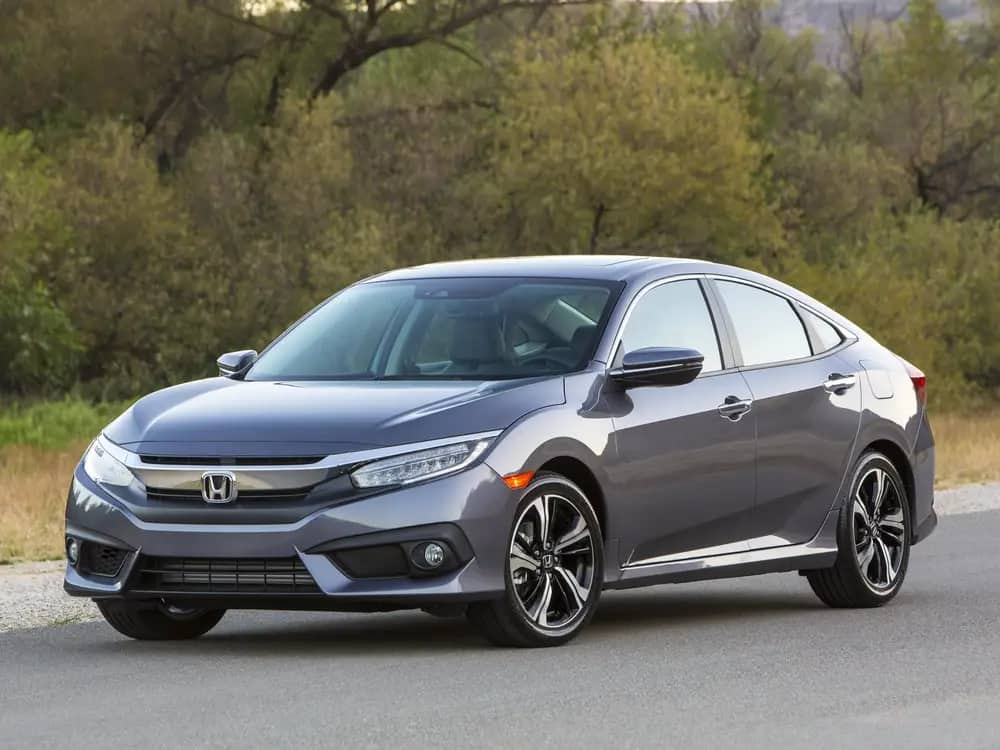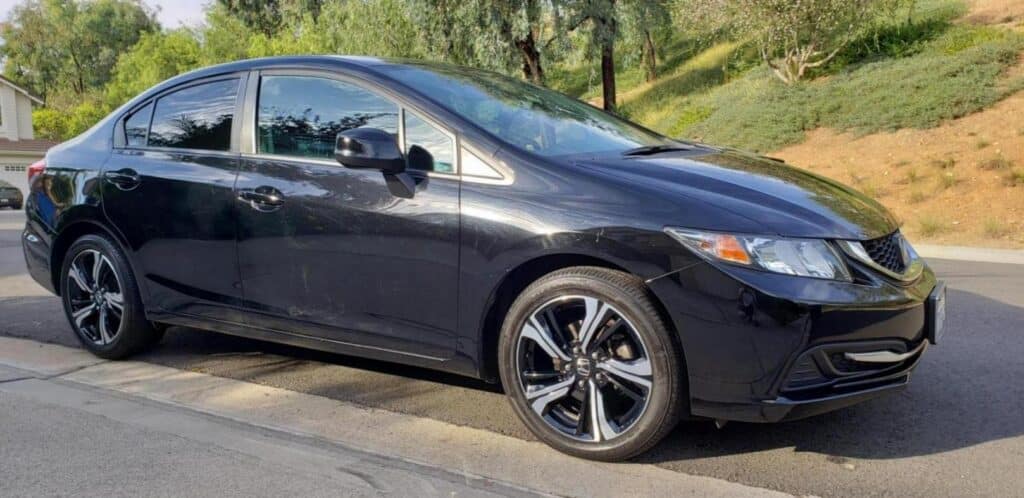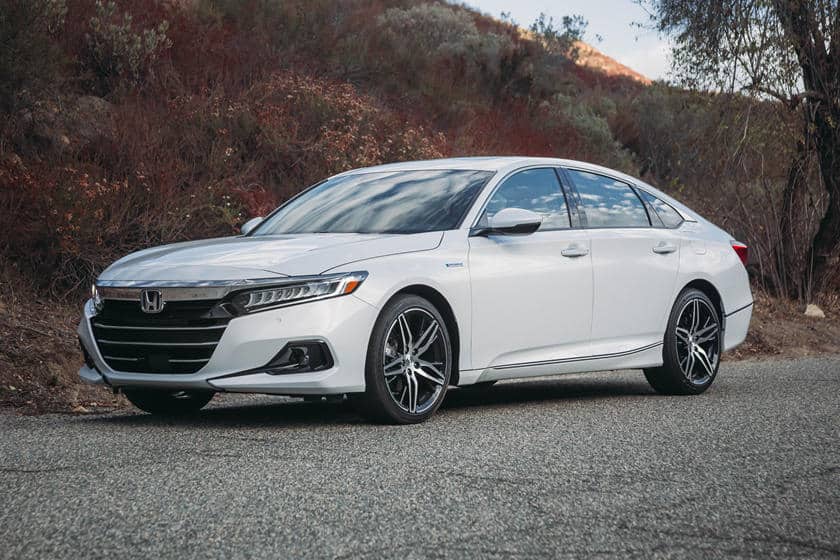The 2017 Honda Civic is a popular compact car that offers a blend of fuel efficiency, reliability, and advanced features. Available in various trims and body styles, including sedan, coupe, and hatchback, the Civic appeals to a broad audience. The car comes with different engine options, such as the 2.0L naturally aspirated 4-cylinder engine, the 1.5L turbocharged 4-cylinder engine, and the 2.0L turbo engine models. Each of these engines requires specific care and maintenance to ensure their longevity and optimal performance.
Using the correct oil type for your 2017 Honda Civic is crucial to maintaining the engine’s performance and extending its life. The right oil type ensures proper lubrication, reduces friction and keeps the engine clean, which in turn minimizes wear and tear on internal components. Furthermore, using the manufacturer-recommended oil type can improve fuel efficiency, reduce emissions, and protect the engine during extreme temperature fluctuations.
What Kind Of Oil Does My 2017 Honda Civic Use?
The recommended oil type for all 2017 Honda Civic engine models is Genuine Honda Motor Oil 0W-20 or API Premium-grade 0W-20 detergent oil. These oils should have an API Certification Seal on the container, indicating that they are energy-conserving and meet the American Petroleum Institute’s latest requirements. Synthetic motor oil can also be used if it is labeled with the API Certification Seal and is the specified viscosity grade.
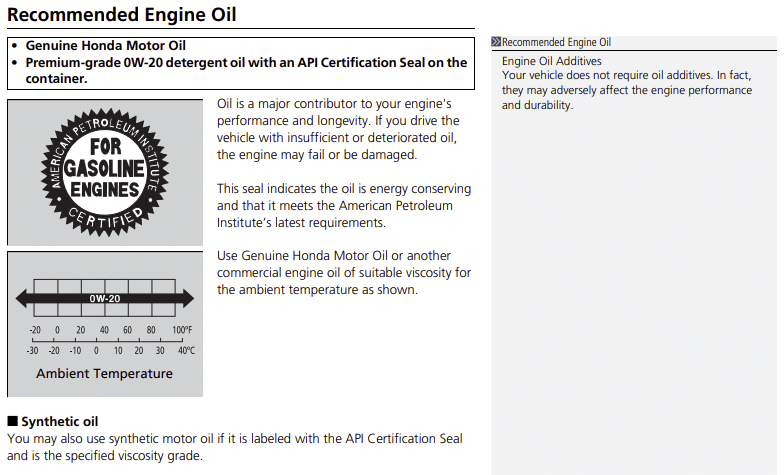
Engine types for the 2017 Honda Civic
- 2.0L naturally aspirated 4-cylinder engine: This base engine comes with the LX and EX trims and offers a balance of power and fuel efficiency. It generates 158 horsepower and 138 lb-ft of torque.
- 1.5L turbocharged 4-cylinder engine: Found in the EX-T, EX-L, and Touring trims, this turbocharged engine provides more power and better fuel economy. It produces 174 horsepower and 162 lb-ft of torque.
- 2.0L turbo engine models: This high-performance engine is found in the Civic Type R trim, delivering an impressive 306 horsepower and 295 lb-ft of torque for an exhilarating driving experience.
Using the correct oil type and meeting the automaker’s specifications is essential to maintaining your 2017 Honda Civic’s performance and longevity. The recommended oil types are specifically designed to provide proper lubrication, minimize engine wear, and maintain peak performance under various driving conditions. By adhering to Honda’s specifications, you can ensure your engine runs smoothly, maintains its fuel efficiency, and reduces the risk of costly engine damage.
What Oil Does Honda Civic 2017 Take?
For all engine types, including the 2.0L naturally aspirated 4-cylinder engine, the 1.5L turbocharged 4-cylinder engine, and the 2.0L turbo engine models, the 2017 Honda Civic requires either Genuine Honda Motor Oil 0W-20 or API Premium-grade 0W-20 detergent oil. It is important to ensure that the oil used has an API Certification Seal on the container, indicating that it meets the latest requirements of the American Petroleum Institute. Synthetic motor oil that carries the API Certification Seal and the specified 0W-20 viscosity grade is also a suitable option.
Honda Genuine Motor Oil
Honda Genuine Motor Oil is a high-quality engine oil specifically formulated for Honda vehicles to ensure optimal performance, protection, and longevity.
- Specifically formulated for Honda engines, ensuring optimal performance
- Provides superior engine protection and lubrication
- Designed to maintain consistent viscosity under varying temperature conditions
- Helps to reduce engine wear and extend the life of your vehicle
- Meets Honda’s strict quality standards and guidelines
Top Aftermarket Alternatives
- Synthetic oils:
- Provide better performance and protection under extreme temperatures
- Resist viscosity breakdown, ensuring consistent lubrication
- Offer extended drain intervals compared to conventional oils
- Some popular brands include Mobil 1, Castrol EDGE, and Pennzoil Platinum
- Conventional oils:
- More affordable option compared to synthetic oils
- Provide adequate protection and performance under normal driving conditions
- May require more frequent oil changes
- Popular brands include Valvoline, Castrol GTX, and Quaker State
- High-mileage oils:
- Designed for vehicles with over 75,000 miles
- Contain additives that help reduce oil consumption and engine wear
- Can help rejuvenate seals and gaskets, preventing leaks
- Notable brands include Valvoline MaxLife, Castrol GTX High Mileage, and Mobil 1 High Mileage
Factors To Consider When Choosing An Oil Type
- Driving conditions:
- Frequent stop-and-go traffic or aggressive driving may require more robust oil protection
- Consider using a synthetic oil for better performance under harsh driving conditions.
- Climate and temperature:
- Extreme cold or hot temperatures can affect oil viscosity and performance
- Synthetic oils provide better protection under extreme temperatures
- Vehicle mileage:
- High-mileage vehicles may benefit from high-mileage oil formulations.
- These oils can help reduce oil consumption, prevent leaks, and extend the engine’s life.
How Much Oil Does A 2017 Honda Civic Take?
The oil capacity for a 2017 Honda Civic depends on the engine type:
- For the 1.5L turbocharged 4-cylinder engine models, the oil change capacity (including filter) is 3.7 US quarts (3.5 liters).
- For the 2.0L naturally aspirated 4-cylinder engine models, the oil change capacity (including filter) is 4.4 US quarts (4.2 liters).
It’s essential to use the recommended oil type, which is Genuine Honda Motor Oil 0W-20 or API Premium-grade 0W-20 detergent oil with an API Certification Seal. Synthetic motor oil with the API Certification Seal and the specified 0W-20 viscosity grade can also be used.
Oil Change Intervals
Honda recommends following the Maintenance Minder system to determine the appropriate oil change intervals for your 2017 Civic. The system calculates the remaining oil life based on your driving habits and conditions. It displays a maintenance message on the information display or driver information interface when an oil change is due.
The Maintenance Minder system helps you to maintain your vehicle in optimal condition by monitoring engine operating conditions and notifying you when it’s time for an oil change or other maintenance services. This ensures that your Civic receives timely maintenance while avoiding unnecessary services and expenses.
Signs That An Oil Change Is Needed
In addition to the Maintenance Minder system, you should be aware of the following signs that indicate an oil change is needed:
- Dark or dirty oil on the dipstick
- Unusual engine noises, such as knocking or increased engine noise
- Decreased fuel efficiency
- Oil level dropping faster than usual
- Check engine or oil pressure warning lights
Factors affecting oil change intervals:
- Driving habits: Aggressive driving, frequent short trips, or extended idling can cause the oil to break down more quickly, requiring more frequent oil changes.
- Environmental factors: Operating your vehicle in dusty conditions, heavy traffic, or extreme temperatures can affect the oil’s performance and may necessitate more frequent oil changes.
- Oil quality: Higher-quality oils, such as synthetic motor oils, can offer longer drain intervals compared to conventional oils. However, it’s essential to follow the manufacturer’s recommendations and the Maintenance Minder system for the best results.
DIY Oil Change: Tips and Guidelines
Tools and materials needed:
- Socket wrench with the correct size socket for the drain bolt
- Oil filter wrench or pliers
- Drain pan or container
- Funnel
- New oil filter
- New washer for the drain bolt
- Genuine Honda Motor Oil 0W-20 or API Premium-grade 0W-20 detergent oil
- Shop towels or rags
- Gloves and eye protection (optional)
- Car jack and jack stands (if required)
Step-by-step guide to changing the oil:
- Warming up the engine: Run the engine until it reaches normal operating temperature to help the oil drain more easily.
- Opening the hood and removing the oil fill cap: Turn off the engine, open the hood, and remove the engine oil fill cap to allow air to flow freely during the draining process.
- Removing the undercarriage cover: If equipped, remove the Phillips-head screws and slotted head screws by turning 90° counter-clockwise. Then, remove the undercarriage cover to access the drain bolt and oil filter.
- Draining the oil: Place the drain pan under the drain bolt, then remove the drain bolt and washer. Allow the oil to drain completely into the container.
- Removing and replacing the oil filter: Use the oil filter wrench or pliers to remove the oil filter. Dispose of the remaining oil in the filter. Wipe away dirt and dust from the engine contact surface and apply a light coat of new engine oil to the oil filter gasket. Install the new oil filter.
- Reinstalling the drain bolt with a new washer: Put a new washer on the drain bolt and reinstall it. Tighten the drain bolt to the specified torque (30 lbf∙ft or 40 N∙m or 4.0 kgf∙m).
- Adding new engine oil: Place the funnel in the oil fill hole and pour the recommended amount of engine oil (refer to the oil capacities mentioned earlier in this conversation). Remove the funnel and reinstall the oil fill cap securely.
- Checking for leaks: Start the engine and let it run for a few minutes. Check for any leaks around the drain bolt and oil filter.
- Final checks and cleanup: Turn off the engine and wait for three minutes. Check the oil level on the dipstick and adjust as necessary. Reinstall the undercarriage cover (if applicable) and close the hood. Dispose of the used oil and oil filter properly.
Safety precautions and best practices:
- Work on a level surface to ensure accurate oil level readings and prevent spills.
- Wear gloves and eye protection to prevent contact with hot engine parts and used oil.
- Use jack stands if you need to lift the vehicle, and never rely solely on a car jack.
- Dispose of used oil and oil filters responsibly by taking them to a designated recycling facility or auto parts store.
- Always follow the manufacturer’s guidelines and recommendations for your specific vehicle.
Conclusion
Using the correct oil type for your 2017 Honda Civic is essential for maintaining optimal performance, fuel efficiency, and longevity. The right oil ensures proper engine lubrication, reduces friction, and helps prevent engine wear and damage. By adhering to Honda’s recommendations for Genuine Honda Motor Oil 0W-20 or API Premium-grade 0W-20 detergent oil, you can be confident that your vehicle will continue to perform as intended.
To ensure your Honda Civic stays in top shape, regular maintenance such as oil changes is crucial. By following Honda’s maintenance guidelines and utilizing the Maintenance Minder system, you can avoid unnecessary expenses and ensure your vehicle receives timely service. Adhering to these recommendations will provide peace of mind and protect your investment, allowing your Civic to remain reliable and serve you well for years to come.

